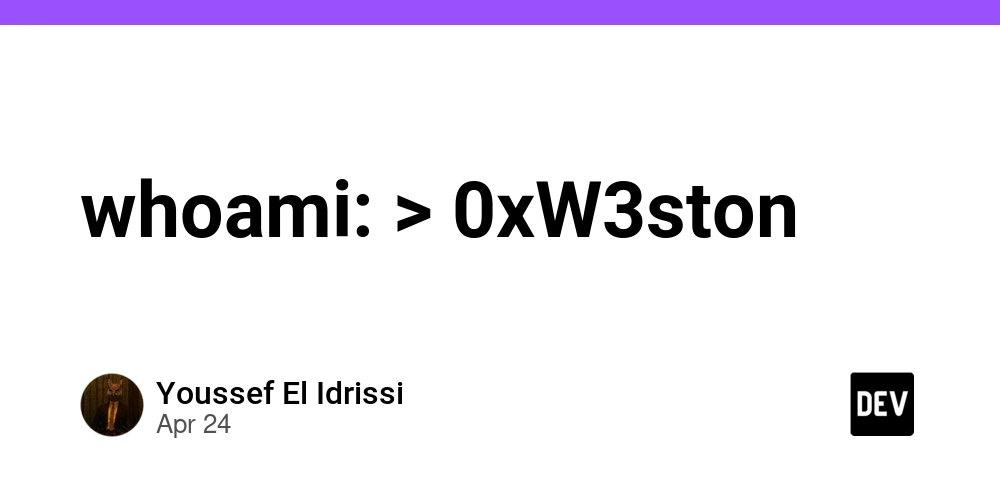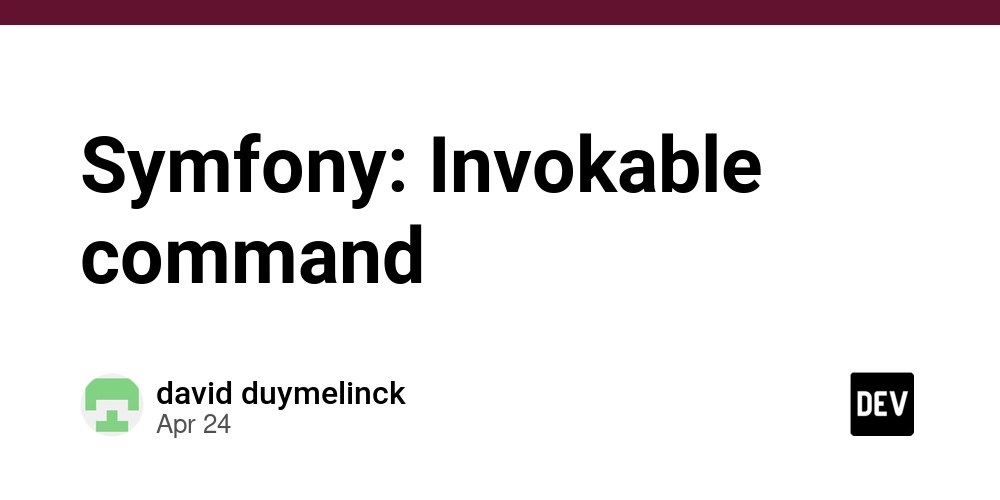Decoding GitHub Commits: A Simple Guide to Understanding Release Types & Improving Collaboration
Struggling to decipher GitHub commit messages? You're not alone! Understanding the different release types used in commit messages is crucial for effective collaboration and project management. This guide breaks down the common release types and shows you how to use them to streamline your workflow.
Why Understanding GitHub Commit Types Matters
Commit messages provide a vital history of changes made to a project. Properly formatted commit messages, using defined release types, offer several advantages:
- Improved Code Review: Quickly understand the purpose of each change, speeding up the review process.
- Automated Release Notes: Automatically generate release notes based on commit messages.
- Better Project Tracking: Easily track new features, bug fixes, and other changes.
- Streamlined Collaboration: Ensures everyone is on the same page regarding project updates.
The 9 Core Release Types: A Quick Overview
Let's dive into the most common GitHub release types, providing concrete examples to illustrate their use:
- feat: Introduces a new feature to the codebase.
- Example:
feat: Add user authentication functionality
- Example:
- fix: Addresses a bug or error in the code.
- Example:
fix: Resolve issue causing incorrect data display
- Example:
- docs: Includes documentation changes only.
- Example:
docs: Update API documentation for endpoint /users
- Example:
- style: Covers styling adjustments with no functional impact.
- Example:
style: Reformat code for improved readability (whitespace changes)
- Example:
- refactor: Modifies code structure without adding new features or fixing bugs.
- Example:
refactor: Extract database connection logic into separate module
- Example:
- perf: Enhances the performance of the application.
- Example:
perf: Optimize image loading speed on product pages
- Example:
- test: Adds or corrects existing tests.
- Example:
test: Add unit tests for user registration process
- Example:
- build: Impacts the build system or external dependencies.
- Example:
build: Update webpack configuration for production build
- Example:
- ci: Changes CI configuration files and scripts.
- Example:
ci: Configure Travis CI for automated testing
- Example:
- chore: Miscellaneous tasks not directly modifying source or test files.
- Example:
chore: Update dependencies to latest versions
- Example:
- revert: Undoes a previous commit.
- Example:
revert: Revert "feat: Add user authentication functionality" due to unforeseen issues
- Example:
Best Practices for Crafting Effective Commit Messages
To maximize clarity and efficiency, follow these guidelines:
- Use a consistent format: Adhere to the conventional commits specification.
- Be concise and descriptive: Explain the what and why of the change.
- Use the imperative mood: "Add feature" instead of "Adding feature".
- Keep it short: Aim for a maximum of 50-72 characters for the summary line.
- Add a body: For more complex changes, the body can explain the context and reasoning behind the change in more detail.
Mastering Release Types for Seamless Project Collaboration
By understanding and consistently using these GitHub release types, you’ll significantly improve your team's workflow. Clear, well-structured commit messages promote better communication, faster code reviews, and more efficient project management. Start implementing these practices today and experience the difference!





















